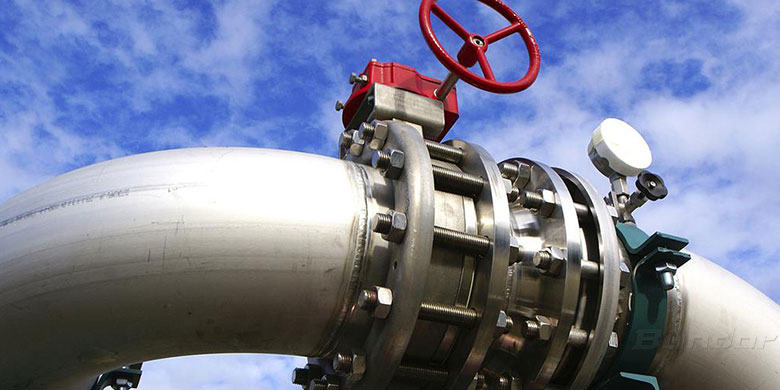In the large number of butterfly valve inquiries every day, the "media temperature" is a frequently mentioned word. Because different media types have a great impact on the choice of valve type. Whether the medium is ordinary liquid or a special medium with high corrosivity or a turbid medium of cement, respectively, corresponds to different valve types. Whether the medium is high temperature or low temperature also determines which material of the butterfly valve is more durable. Now let's take a look at how high the temperature of the various butterfly valve materials can withstand.
The main material involved here is the valve body and bonnet material of the butterfly valve. The specific medium temperature is as follows:
Cast iron - the maximum temperature of the applicable medium is 300 ° C;
Ductile iron - the maximum temperature of the applicable medium is 350 ° C;
Stainless steel - the maximum temperature of the applicable medium is 600 ° C;
PTFE - the maximum operating temperature of the applicable medium: -180~150 °C;
Rubber - the maximum operating temperature of the applicable medium: natural rubber 60 ° C; nitrile rubber, neoprene 80 ° C;
Gray cast iron - the maximum temperature of the applicable medium is 250 ° C;
High silicon cast iron - the maximum temperature of the applicable medium is 120 ° C;
Carbon steel - the maximum temperature of the applicable medium is 425 ° C (if forgings 16Mn, 30Mn up to 450 ° C);
Alloy steel - the maximum temperature of the applicable medium is 550 ° C;
Copper alloy - the maximum temperature of the applicable medium is 200 ° C;
Titanium - the maximum temperature of the applicable medium is 300 ° C;
In addition, there are also special materials such as ceramic and glass butterfly valves, which have poor temperature and temperature resistance and are generally used below 90 °C. The temperature resistance of enamel valves is limited by the material of the seal. The maximum medium temperature does not exceed 150 °C.
Among the butterfly valves of various materials mentioned above, cast iron butterfly valves, ductile iron butterfly valves, stainless steel butterfly valves, PTFE butterfly valves and rubber butterfly valves are all types of butterfly valves with wide application and better comprehensive performance. They are also products that occupy a large proportion of the daily orders of the valve, and are very popular in the market. Bundor Valve produces butterfly valves of various specifications and materials. We have 25 years of industry experience. I believe that you will choose your favorite high quality butterfly valve here.










